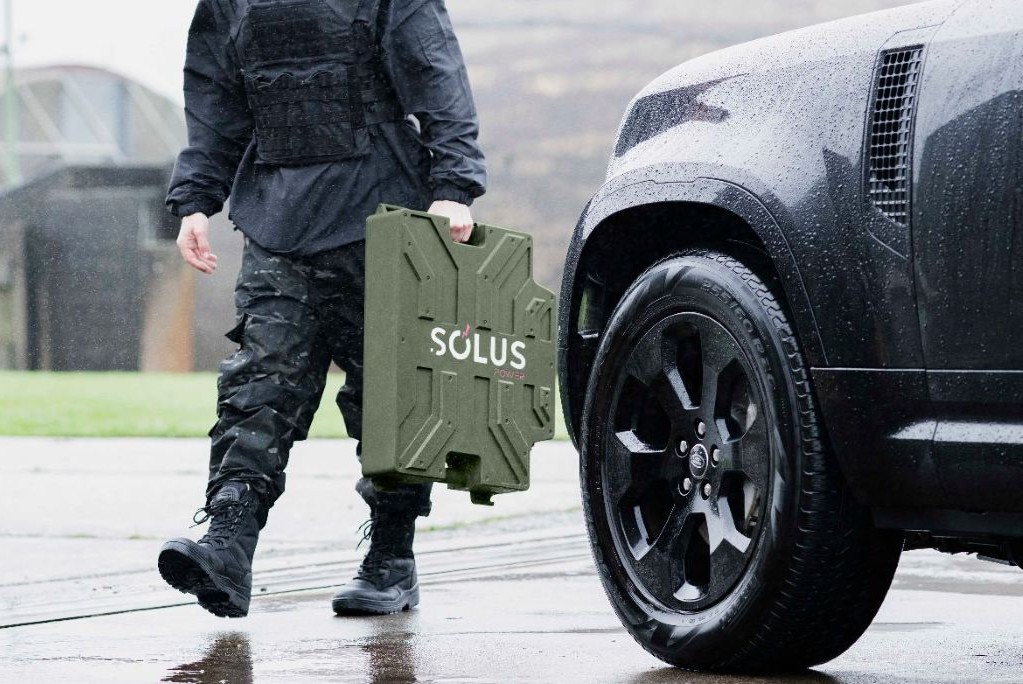U.S. Army Enhances Indirect Fire Capability with Scorpion Light System
TAMPA, FL – October 29, 2025 — In a significant demonstration of evolving military technology, soldiers from the U.S. Army’s 2nd Battalion, 35th Infantry Regiment conducted advanced training exercises involving the Scorpion Light 81mm mobile mortar system on the Hawaiian island of Oahu. This initiative, integral to the Army’s Transformation in Contact (TiC) 2.0 program, aimed to elevate the operational capabilities of ground forces, with a focus on mobility, firepower, crew safety, and air transport readiness.
Tactical Evaluation during TiC 2.0
Held from October 20-25 at Schofield Barracks, the TiC 2.0 event provided troops with invaluable hands-on experience in real-world combat simulations. The exercises showcased how personnel could efficiently emplace, fire, and reposition the Scorpion Light mortar system without altering existing formations or operational concepts.
Notably, the Infantry Squad Vehicle – Utility (ISV-U) variant successfully transported the Scorpion Light system along with 72 mortar rounds, facilitating rapid fire and movement. This operational pairing underscores the U.S. Army’s commitment to modernizing its combat assets for heightened effectiveness in diverse environments.
Key Advantages of the Scorpion Light System
The training highlighted several pivotal features that enhance battlefield effectiveness:
-
Speedier Deployment and Maneuverability: Mounted on the ISV-U, the Scorpion Light can be set up, fired, and moved in under two minutes—a crucial enhancement in counter-battery operation. This capability allows mortar teams to strike enemy positions and relocate swiftly, minimizing their exposure to retaliatory fire.
-
Sophisticated Automated Fire Control: The integrated digital targeting system enables swift and precise engagement of multiple targets, requiring minimal crew involvement. It provides the flexibility to operate in conjunction with third-party fire control systems, drastically reducing the time needed to adjust aiming after firing.
-
Expeditionary Operations Support: The Scorpion Light’s compatibility with the CH-47 Chinook helicopter exemplifies its role in rapid deployment scenarios, particularly in remote and challenging terrains. This capability is essential for light infantry units, ensuring they receive vital indirect fire support when needed most.
Continued Operational Integrations
The two Scorpion Light units will remain in Hawaii to participate in upcoming Joint Pacific Multinational Readiness Center (JPMRC) training exercises scheduled for early November. They will be airlifted via C-17 transport for a series of combat scenarios, reinforcing their role within the Army’s evolving tactics in the Pacific theater.
Gathering Critical Soldier Feedback
The insights garnered from soldiers participating in TiC 2.0 are integral to the Army’s modernization efforts. Direct feedback will inform future enhancements and strategic acquisition choices regarding mobile mortar units, reflecting a responsive approach to fielding new technologies.
Broader Implications and Operational Successes
The accomplishments of the Scorpion Light system in Hawaii follow a recent successful evaluation alongside the U.S. Marine Corps at Marine Corps Base Quantico and operational success in Ukraine. The flexibility and modular design of the Scorpion Light are gaining recognition among both U.S. forces and allied nations, who are increasingly seeking innovative solutions for mobile, lethal, and survivable fire support.
The evolution of indirect fire systems like the Scorpion Light is not just a tactical enhancement; it shapes the future battlefield landscape, adapting to emerging threats and the complexities of modern warfare. As global military dynamics continue to shift, the significance of such advancements in artillery systems cannot be overstated, providing armed forces with the tools to maintain strategic advantages across diverse theaters of engagement.





